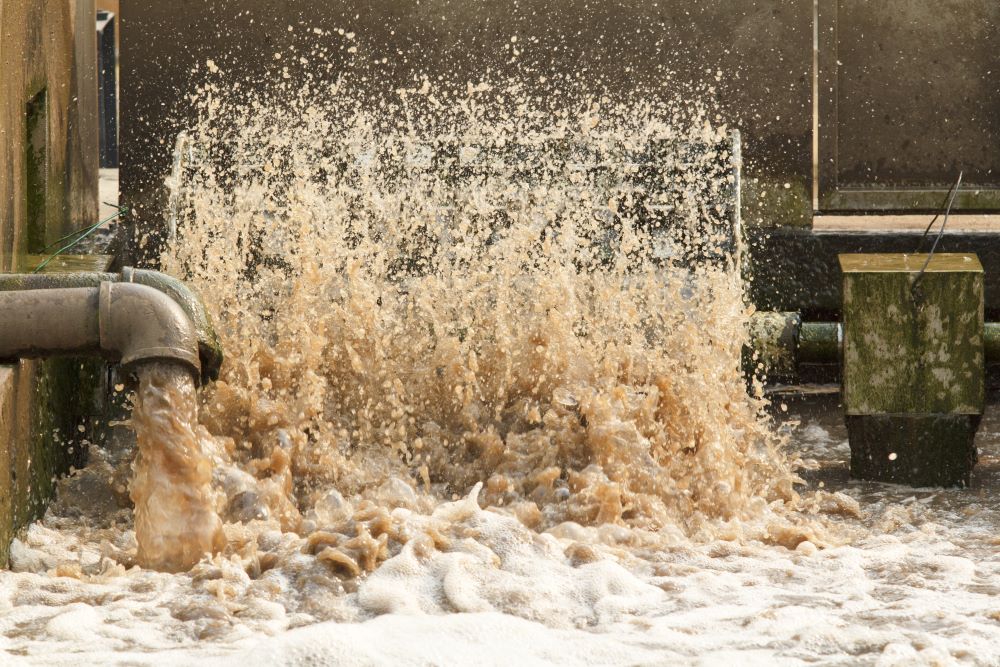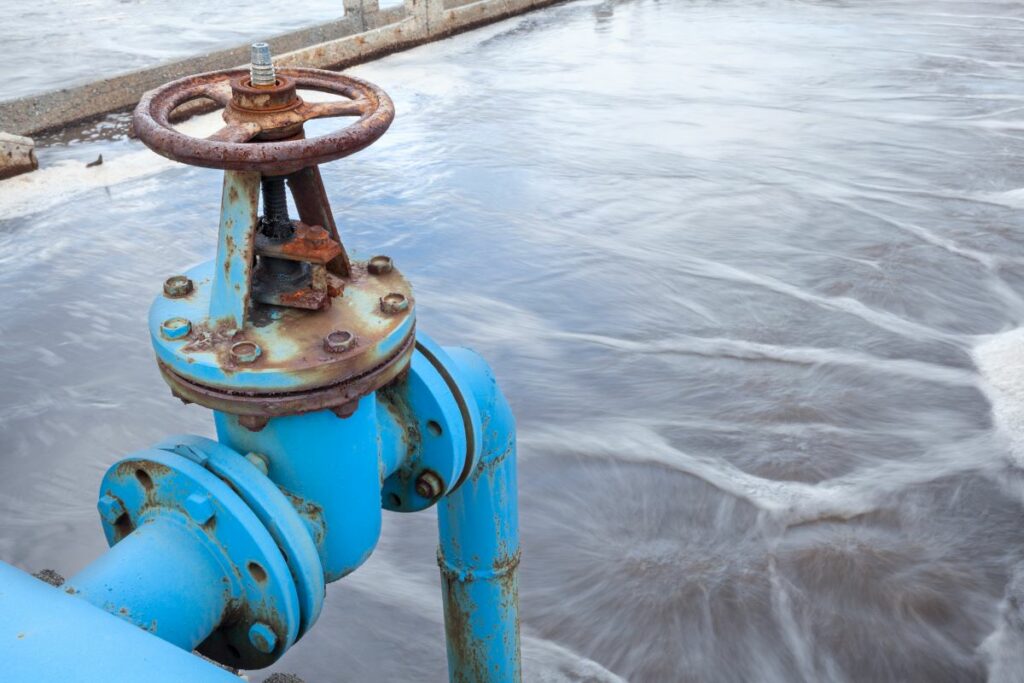Storm vs Waste: A Surprising In-depth View Of Ultimate Drainage

In Auckland, as in many other urban areas, there are two distinct types of drainage systems. Stormwater drainage and wastewater drainage. These systems serve different purposes and have separate networks to handle various types of water. In this article, Fox Drainage will explain what the difference between the two drainage systems are. And how to maintain them as well as show a variety of different ways they can be utilised.
Here are some guidelines on how to maintain these drainage systems:
It’s important to note that maintenance responsibilities may differ for homeowners, businesses, and local authorities in Auckland. Always follow local regulations and guidelines for the proper maintenance of stormwater and wastewater drainage systems in your area. Regular inspections and proactive maintenance can help prevent costly and environmentally harmful issues in the long run.
Failing to maintain drainage systems properly, whether it’s stormwater or wastewater drainage, can lead to various risks and consequences. Which can negatively impact both your property and the environment.
Stormwater Drainage:
- Stormwater drainage is responsible for managing rainwater, surface runoff. And any water that comes into contact with the ground during precipitation events, such as rainstorms.
- The primary purpose of the stormwater system is to prevent flooding and erosion by efficiently directing rainwater away from urban areas. And into natural water bodies, such as rivers, streams, and the sea.
- Stormwater drains often consist of gutters, stormwater pipes, culverts, and drainage channels designed to transport rainwater quickly and safely.
- The water collected by the stormwater system is not treated. It typically contains pollutants like sediment, debris, and chemicals that may have washed off roads and urban surfaces.
- It is essential that stormwater remains separate from the wastewater system to avoid overloading the treatment plants with clean rainwater and to minimize the environmental impact.
Maintaining both stormwater and wastewater drainage systems is essential to ensure their proper functioning. And to prevent issues such as blockages, overflows, and pollution.
Maintaining Stormwater Drainage:
- Regular Cleaning: Clear leaves, debris, and any litter from stormwater drains and gutters. Clean them periodically, especially after heavy rainfall, to prevent blockages.
- Proper Disposal: Dispose of hazardous materials, chemicals, and oils in the appropriate manner. As these can contaminate stormwater and harm the environment.
- Erosion Control: Ensure that your property has appropriate erosion control measures in place. Such as grassy swales or retaining walls, to prevent soil erosion into the stormwater system.
- Landscaping: Avoid overloading the stormwater system with excessive water from irrigation. Install permeable surfaces and rain gardens to help absorb rainwater.
Reporting Issues: Report any signs of blockages, damaged stormwater infrastructure, or unusual discharges to the local authorities or Auckland Council.
Wastewater Drainage:
- Wastewater drainage, also known as the sanitary sewer system, is designed to collect and transport used water from toilets, sinks, showers, and washing machines. And other household and industrial sources.
- The main purpose of the wastewater system is to convey this used water to treatment plants. Where it can be effectively treated to remove contaminants before being released back into the environment.
- Wastewater systems consist of a network of pipes that carry sewage and other wastewater to treatment facilities. Which are equipped to purify the water before discharging it safely.
- The treated water from the wastewater system is typically released into rivers or the sea in compliance with environmental regulations.
Maintaining Wastewater Drainage:
- Proper Disposal: Only flush human waste and toilet paper down the toilet. Avoid flushing items like wipes, feminine hygiene products, or food scraps, as they can cause blockages in the sewer lines.
- Grease Management: Dispose of cooking oils and fats in a container, not down the sink, as they can solidify in the pipes and cause blockages.
- Regular Inspections: Periodically inspect your plumbing for leaks and signs of damage. Fix any issues promptly to prevent wastewater leaks into the environment.
- Tree Roots: If you have trees on your property, be aware of their roots potentially invading sewer lines. Consult a professional if tree roots are causing issues.
- Maintain Septic Tanks: If your property relies on a septic tank, ensure it is pumped and maintained according to the recommended schedule.
- Proper Chemical Disposal: Dispose of chemicals and hazardous materials at designated disposal sites, not in the sewer system.
- Backflow Prevention: Install backflow prevention devices to prevent wastewater from flowing back into your property in the event of a sewage system backup.
Regular Inspection and Maintenance: Hire a professional plumber or wastewater specialist for regular inspections and maintenance of your property’s wastewater system.
Important notes
In Auckland, it’s crucial that these two drainage systems remain separate. To avoid contaminating the wastewater treatment process with stormwater, which may carry pollutants and excessive water that doesn’t require treatment.
Residents and property owners in Auckland should be aware of the distinctions between these two systems. As well as the importance of proper maintenance and management to prevent issues like blockages, overflows, and pollution. Auckland Council and local authorities have guidelines and regulations in place to ensure the proper functioning of both stormwater and wastewater drainage systems in the city.
Here are some of the risks associated with inadequate drainage maintenance:
Flooding:
One of the most immediate and visible risks of poor stormwater drainage maintenance is flooding. If stormwater drains and gutters become clogged with debris, leaves, or trash, they can’t effectively carry rainwater away. This can result in localized flooding, which may damage properties, roads, and infrastructure.
Erosion:
Insufficient stormwater drainage maintenance can lead to soil erosion, especially on hilly or sloped terrain. When rainwater isn’t managed properly, it can wash away topsoil, causing land erosion and reducing the stability of the land.
Water Pollution:
Stormwater often carries various pollutants from roads and urban areas, including oils, heavy metals, pesticides, and sediment. If stormwater is not adequately managed, it can flow into natural water bodies, contributing to water pollution and harming aquatic ecosystems.
Property Damage:
Clogged or damaged stormwater drainage systems can result in water entering homes, basements, and other structures. Leading to property damage and costly repairs. This damage may include structural issues, mould growth, and damaged belongings.
Health Risks:
Inadequate wastewater drainage maintenance can result in sewer backups and overflows. This can expose residents to sewage-contaminated water. Which poses health risks due to the potential presence of harmful bacteria and pathogens.
Environmental Damage:
Untreated wastewater that enters natural water bodies can harm aquatic life and ecosystems. It can contribute to the eutrophication of water bodies, where excessive nutrients lead to algal blooms, oxygen depletion, and negative impacts on aquatic organisms.
Legal Consequences:
Failure to maintain drainage systems properly may result in legal issues and potential liability. If your negligence causes property damage or environmental harm, you could face legal action, fines, or other penalties.
Reduced Property Value:
Persistent drainage issues, such as frequent flooding, can reduce the value of your property. It can make it less appealing to potential buyers or renters and lead to a decrease in property resale value.
Increased Maintenance Costs:
Neglecting drainage maintenance may result in costly emergency repairs when issues become severe. Regular preventive maintenance is generally more cost-effective than addressing problems after they have escalated.
Disruption to Daily Life:
Drainage problems can disrupt daily life and cause inconveniences. Such as blocked toilets, slow drainage, and unpleasant odours, leading to decreased quality of life for property residents.
It is important to note that although some greywater drainage can be reused as wastewater, stormwater is typically not used for turning into wastewater. as it serves a different purpose and comes from a separate system. Stormwater refers to rainwater and surface runoff that flows across roads, driveways, roofs, and other waterproof surfaces during rainfall events. Wastewater, on the other hand, includes domestic and industrial sewage and greywater from homes and businesses.
However, it is possible to integrate stormwater management with wastewater treatment processes in environmentally sustainable and beneficial ways, although they are not directly converted into one another.
Here are some methods of integrating stormwater and wastewater management for environmental and water conservation purposes:
Stormwater Infiltration for Recharge:
Stormwater can be collected and infiltrated into the ground through waterproof surfaces, infiltration basins, or underground storage systems. In some cases, this recharged stormwater can help replenish local aquifers, thereby augmenting the available freshwater resources.
Greywater and Stormwater Systems Integration:
Some water management strategies involve combining greywater and stormwater. For instance, greywater can be collected and treated on-site for non-potable uses. While stormwater is managed to replenish local aquifers, reduce stormwater runoff, and support landscaping or irrigation.
Constructed Wetlands:
Constructed wetlands can serve as a natural water treatment system. Where stormwater runoff is directed through wetlands before being released into the environment. Wetlands can help remove pollutants and enhance water quality.
Wastewater and Stormwater Diversion:
In some areas, combined sewer systems are designed to transport both wastewater and stormwater in a single system. During heavy rainfall events, these systems can become overwhelmed, leading to combined sewer overflows (CSOs). Which can contaminate natural water bodies. To address this, some cities implement diversion strategies to separate stormwater from wastewater, reducing CSOs.
Combined Wastewater and Stormwater Management:
In cities with separate wastewater and stormwater systems, there may be integrated planning to ensure that both systems function optimally. This includes considering the impact of urban development on stormwater runoff, wastewater treatment capacity, and water quality.
It’s important to note that the integration of stormwater management with wastewater systems should prioritise water conservation, environmental protection, and sustainability. The specific approach will vary depending on local regulations, infrastructure, and environmental conditions. The goal is to reduce the negative environmental impacts of urban development while promoting responsible water use and management.
It’s essential to recognise that proper drainage maintenance is not just about avoiding these risks. It’s also a responsible approach to protecting the environment and maintaining the overall quality of life in your community. Regular inspections, preventive maintenance, and prompt repairs can help mitigate these risks and ensure the efficient and environmentally responsible functioning of drainage systems.

